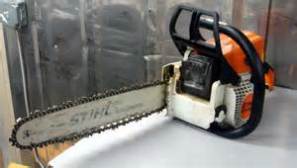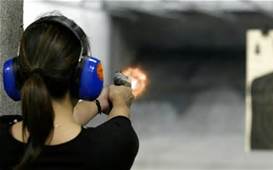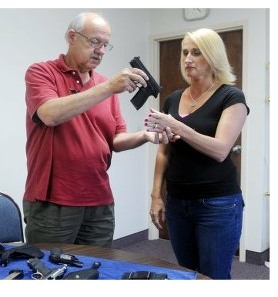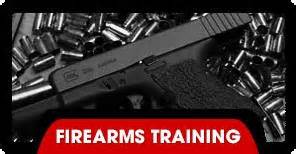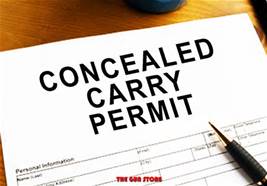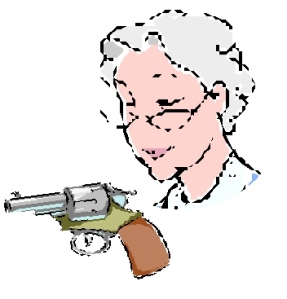 THE WHITE HAIRED SHOOTER
THE WHITE HAIRED SHOOTER
Choosing a Basic Training course
If you are looking for a quality pistol training class and not “just” a piece of paper that qualifies you for a concealed carry permit, it is hard to beat an NRA Certified Basic Pistol course. There are of course many companies and individuals giving “basic pistol” classes and “concealed carry” classes, and all can give you a wonderful starting point in handling your firearm safely, and knowing about pistols and ammunition and how to shoot.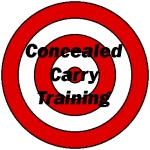
A primary factor to consider is the qualification of the instructor, and the reason he/she is teaching the class. There are some classes, usually associated with private commercial ventures including ranges and gun stores, where as many students as possible are put through a course, usually at a rapid pace. These usually highlight or feature obtaining a carry permit, and often the preponderance of information in pamphlets and posters will be the states you will be able to carry in, and the cost and number of hours of the class.
Again, if you are just looking for qualification for a carry permit, this may suit you perfectly. These classes are generally less expensive, frequently scheduled, and you will come away with some basic ideas on safety and gain some skill.
However, if training and learning to shoot safely and knowing more about the sport of shooting is primarily what you are after, do some research into the instructor and class. One measure is if they are NRA certified instructors.You can be confident you will have a well rounded training experience with an NRA course. NRA certified or not, some things to look for –in ads and pamphlets or web sites– is dedication to helping the student learn firearm safety, learning how to handle different types of pistols and ammunition, how to maintain the handgun, and a concern for responsible gun ownership. If obtaining a carry permit is mentioned, it should not be the “headliner.”
Typically these basic pistol courses are more intensive, take more time, and oftentimes are more expensive than the “carry permit” variety. The old saying “you get what you paid for” applies.
Class Size
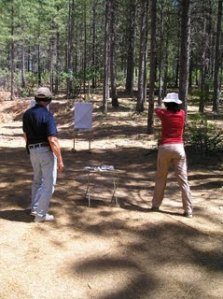 Another important factor is the number of students per instructor. If you already have experience and know basically how to use your gun, class size is not as important as it may be if you are a novice or haven’t picked up a gun before.
Another important factor is the number of students per instructor. If you already have experience and know basically how to use your gun, class size is not as important as it may be if you are a novice or haven’t picked up a gun before.
A small class size of four to six students is probably ideal. Even better would be a couple, or one-on-one instruction. When a class gets to ten or fifteen students or more to one instructor, it is not possible to adequately address each individual’s questions, problems and needs. The beginning student can quickly get lost in the quicker pace that will be required to process all of the students.
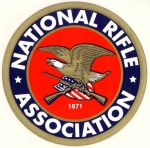 About NRA Certified courses
About NRA Certified courses
While the National Rifle Association is often in the news and has become well known for its political lobbying and activities, the NRA Training Department focuses solely on providing education and training in safety, firearms, ammunition, and best shooting practices, and does so in an environment free of political rhetoric.
The NRA has worked diligently to encourage women to learn about and participate in shooting sports, and facilitates programs for women who wish to learn to shoot and also for those women who want to become instructors. They have partnered and come alongside women’s shooting and firearms groups to assist them in promoting women teaching women to shoot. A wonderful representative of this partnering is “The Well Armed Woman”, and you may want to check out the classes and groups they offer at: “The Well Armed Woman.”
According to the NRA Training website there are more than 1,800 NRA Certified Training Counselors who recruit and train instructors to teach NRA’s Basic Firearms courses. There are more than 97,000 instructors and range safety officers teaching basic firearm courses.
Each candidate for instructor is required to submit an application to the NRA Certified Training Counselor stating their qualifications and experience, and to demonstrate their working knowledge, adherence to safety and shooting ability in a practical exercise with the Training Counselor before being allowed to attend the NRA Certified Instructor course.
After the initial testing and assessment evaluation is complete, the instructor candidates participate in 6 hours of basic instructor training. The second portion of the curriculum is specific to the discipline of basic pistol instruction and can last from 5 to 14 hours. A final written test is administered and the candidates must attain 90% in order to pass.
Just attending the class and passing the test does not guarantee the candidate will become certified. The NRA Training Counselor will evaluate each applicant and only if they decide to recommend the candidate will the application be forwarded to the NRA Training department.
If you would like to know more about NRA basic classes and training programs and would like to find out when and where classes are currently being held, the following link will take you to the NRA Instructor website: NRA Courses 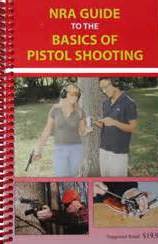
My next post will present an overview of what you can expect to experience and learn at an NRA Certified Basic Pistol course.
Happy and Safe shooting – Peggy
